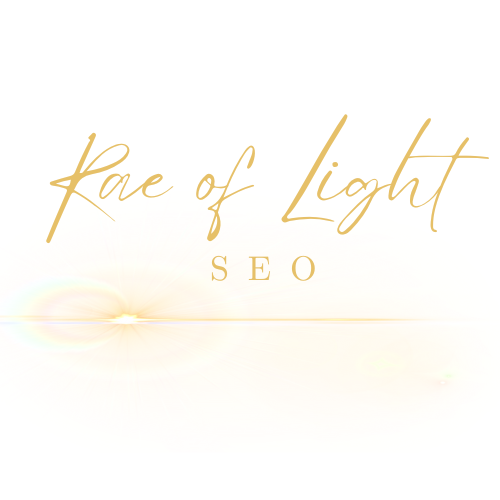Keyword and Article Clusters: Boost Rankings with Smarter SEO Strategies
The Truth About Keyword Clusters and Article Clusters

Let me tell you about something I've been diving into lately that could change how you approach your website's SEO. It's all about keyword clusters and article clusters. You might be wondering, "What's that?" Think of them as a way to organize your content so it makes sense to your readers and to Google. Done right, they can help you rank higher and make your website easier to navigate. But let's break it down and see if there are any downsides to watch out for.
Keyword clusters are a web of related terms focusing on one central idea. Imagine your website is about fitness. Instead of just targeting "home workouts," you'd also include associated terms like "bodyweight exercises," "quick fitness routines," or "beginner workout plans." These keywords are all tied to the same theme, giving Google more clues about your site's offerings. It's not about cramming these words into one article but spreading them naturally across multiple pages.
Now, article clusters take this idea a step further. You write a comprehensive guide on "Starting a Home Workout Routine." That's your centerpiece, or "pillar article." Around that, you create related articles that dive into specifics, like "The Best Equipment for Home Workouts" or "How to Stay Motivated with Your Fitness Goals." These articles all link back to your leading guide, and the guide links to them, creating a network of content that's easy to explore.
Here's why this works. Google isn't just looking for keywords; it's looking for context. When your site covers a topic from multiple angles, it signals to Google that you're an authority. And let's remember your audience. They don't just want one answer; they want options. A good cluster keeps them clicking from one article to the next, which boosts your site's engagement metrics.
You might think, "This sounds great, but could it backfire?" The short answer is not if you do it right. The biggest mistake people make is creating articles that compete with each other. For example, if you write two pieces on “Home Workout Tips,” Google might not know which one to rank, and they could both suffer. The fix is simple: ensure each article has its unique angle and purpose.
Another potential pitfall is overstuffing your content with keywords. Remember, Google's pretty bright these days. If your writing feels robotic or forced, it will rank poorly. Instead, let your keywords flow naturally like you're having a conversation.
The magic happens when you pair clusters with a well-thought-out internal linking strategy. Think of it like setting up a treasure map. Each link guides your reader to the next piece of valuable content, keeping them engaged and helping Google crawl your site more effectively. It's a win-win.
This approach does take some planning. You must consider your audience's questions and interests, map your topics, and ensure everything connects logically. But once you've got a system in place, it's like building a foundation for your website that can grow and evolve over time.
So, is it worth it? Absolutely. Keyword and article clusters aren't just another SEO hack; they're a way to create meaningful, organized content that serves your readers and builds your authority online. And when you do that, the rankings take care of themselves. For help with internal linking, Contact us: Limewood Digital Inc
Ready to work with Rae of Light SEO?
Let's connect! We’re here to help.
Send us a message and we’ll be in touch.
Or give us a call today at 602-935-8519
Agency Contact Form
We will get back to you as soon as possible
Please try again later
More Marketing Tips, Tricks & Tools
Rae of Light SEO Blog
Copyright ©2024 Rae of Light SEO | Proudly powered by Rae of Light SEO





















